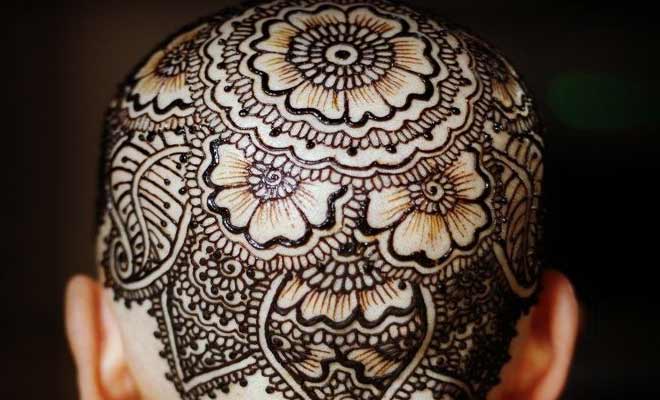Maghe or Makar Sankranti is one of the most significant festivals celebrated by Nepalese. Sankranti refers to the first day of every month. This is the reason why the festival is called Maghe Sankranti. This festival is celebrated to mark the end of month Poush – a month in which all religious ceremonies are forbidden.
The beginning of the holy season
According to Mahabharat, Bhisma, who had the power to control his own death had chosen to die on the same day. So , it is believed that those who die on this day achieve Mokshya i.e. they will be free from the suffering of life, death and rebirth.
On this day, people take a holy bath on holy rivers early in the morning which is known as ‘ Makar Snan’. Sankranti fairs are held on banks of holy rivers like Trishuli and kali Gandaki. The Kankai river as well as Devghat are famous for holy bath and pilgrims from places as far as India come to take a holy dip in these rivers.

Source: sarosebhttravel.blogspot.com
The festival is referred to as Maghi in the Tharu community. This is one of their biggest festivals and lasts longer than in other communities. They have a huge feast starting from the end of Poush to 3rd of Magh. Newars on the other hand refer this festival as Maghe Sangranti Ghyo Chaku Sanun. On this day they massage their body and head with Sesame oil.

Source: ecs.com.np
The festival is particularly special because of the varieties of food items that is prepared on this day. The main food item on this day is laddu made of teel (sesame seed fudge) and bhuja (puffed rice), sweet potatoes , yam and chaku (molasys). These food are healthy and bring warmth to the body in the cold season.

Source: kathmandufoodies.com
Hope Maghe Sankranti not only brings a warm season this year but also warmth in the heart of all Nepalese.
Applying Mehendi in body parts has always been an important ritual in most Asian culture. However, today, the use of mehendi is increasing , for different usage , among different groups. Here are some facts, which even the mehendi wearers probably don’t know about mehendi:
Medical Properties
According to Ayurveda, henna or mehendi is used to cure skin diseases and hair ailments. It is also said to have high antiseptic and cooling properties. It also enhances the general health of the body and improves blood circulation.

Protection from Evil Eyes
In some culture, mehendi is believed to ward off the evil eyes.

Mehendi is made from dried Mehendi Leaves
Mehendi is a dye that is prepared from dried Mehendi Leaves. The Mehendi plant grows as a tall shrub and usually is found in places with moderate climate.

Stain fingers of Pharaohs
Mehendi was used to stain the fingers and toes of Pharaohs in Egypt, prior to mummification.

Henna therapy for cancer patients
Some artists based in Canada have formed a community named Henna Heals that creates beautiful flowering henna crown tattoos for women who have lost their hair to cancer and chemotherapy.

Attract Good Energy
The beautiful patterns of Mehendi is believed to attract good energy and promote fertility . This is also one of the reasons why Mehendi is applied to the brides.

Strengthening Bonds
During weddings it is not just the bride who applies the Mehendi. A day or two is separated before the wedding day where the bride, all female members and even the bride groom decorate their hands and feet with Mehendi. Family members and friends get together and enjoy the Mehendi rituals together which strengthens the bond between them.

So, now you know, there are just and just good points about Henna/Mehendi. So, clad yourself with intricate designs of this herb this Shrawan and throughout the year.

